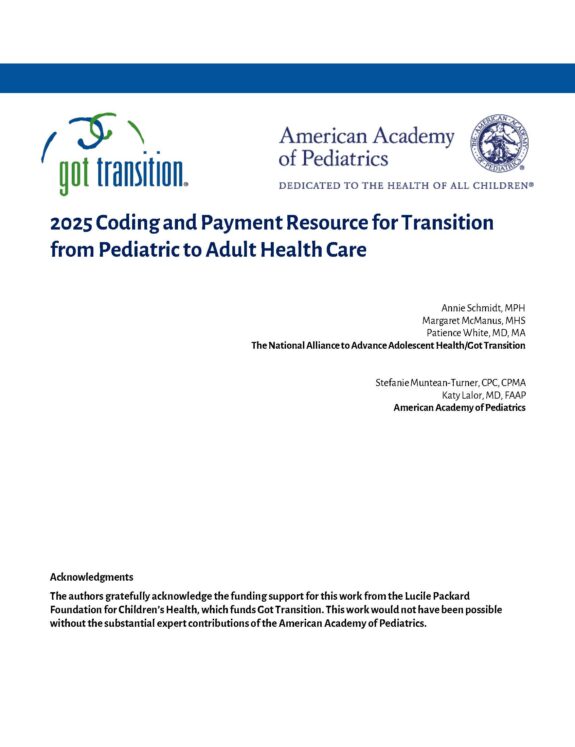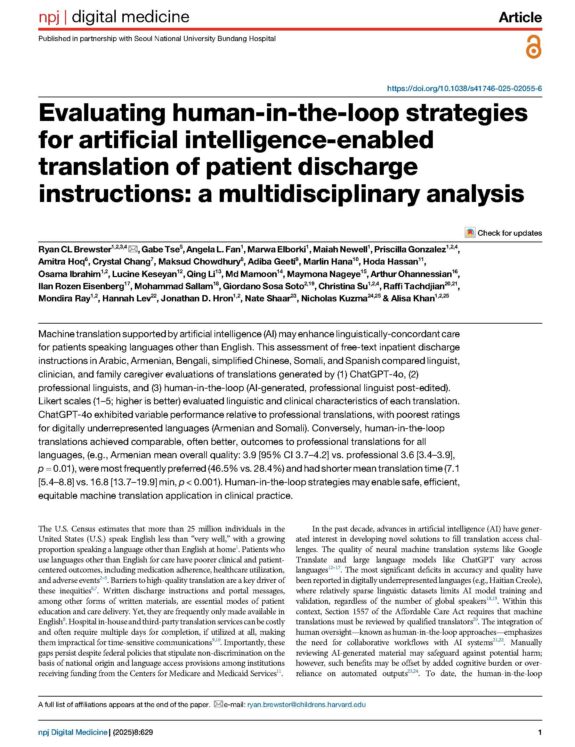Promoting Systems Change: An Evaluation of the Impact of the National Standards for Systems of Care for CSHCN
Eight years after their launch in 2012, the National Standards for Systems of Care for Children and Youth with Special Health Care Needs are becoming increasingly influential, including being used as a framework in multiple states to develop policies and to write managed care contracts.
The evidence comes from an independent evaluation conducted by Issues Research that synthesized the views of 50 stakeholders to describe the uptake and influence of the National Standards, as well as remaining opportunities to promote their use among key audiences. The Lucile Packard Foundation for Children’s Health (LFPCH) funded the evaluation as part of its ongoing support for the development and dissemination of the National Standards. The standards were developed by the National Academy for State Health Policy and the Association of Maternal and Child Health Programs to describe the components necessary for a well-functioning system of care.
The evaluation details the stakeholders’ views, and then showcases identified themes through case studies of National Standards usage in five states. Many stakeholders stated that they see the standards as a foundational document that informs their current and future work in research, policy and practice. For example:
- In research, the National Standards are being used to guide the direction of future collaborative research efforts among participants in the CYSHCN National Research Network (CYSHCNet), a federally funded collaboration among nine research and practice sites serving children and youth throughout the U.S. CYSHCNet focuses on improving care systems for CSHCN.
- In policy, the National Standards are being used to guide the development of state policy priorities, Early and Periodic Screening Diagnostic and Treatment program administration, interagency cooperation between Title V and Medicaid, managed care contracting, and program design for CYSHCN.
- In practice, the National Standards serve as an educational resource for health care providers, advocates for children and families, and leaders and care managers in managed care organizations as they adopt a systems perspective of care for CYSHCN. The evaluation found that the National Standards work has engaged stakeholders with diverse expertise across the country, and many of these individuals have made their own important contributions to the field. Stakeholders reported that the National Standards have influenced their work in the areas of leadership, engagement, collaboration, strategies and practices.
The evaluation notes that the work to improve systems of care continues across the country, with a new generation of leaders emerging in a variety of sectors. To facilitate ongoing work with the National Standards, stakeholders suggested developing a consensus-based conceptual framework that would build on past successes, guide future action, and cultivate engagement from new stakeholders, who would benefit from understanding a step-by-step process for harnessing the potential of the Standards.
Stakeholders also identified an urgent need for development of consensus about which quality metrics should be used to assess impact in specific domains of the Standards. With guidance based on a consensus for measuring progress, the National Standards can continue to play an essential role in improving systems of care for children and their families, the evaluation said.
Read the Evaluation: Assessing the Influence of the National Standards for Systems of Care for Children and Youth with Special Health Care Needs



